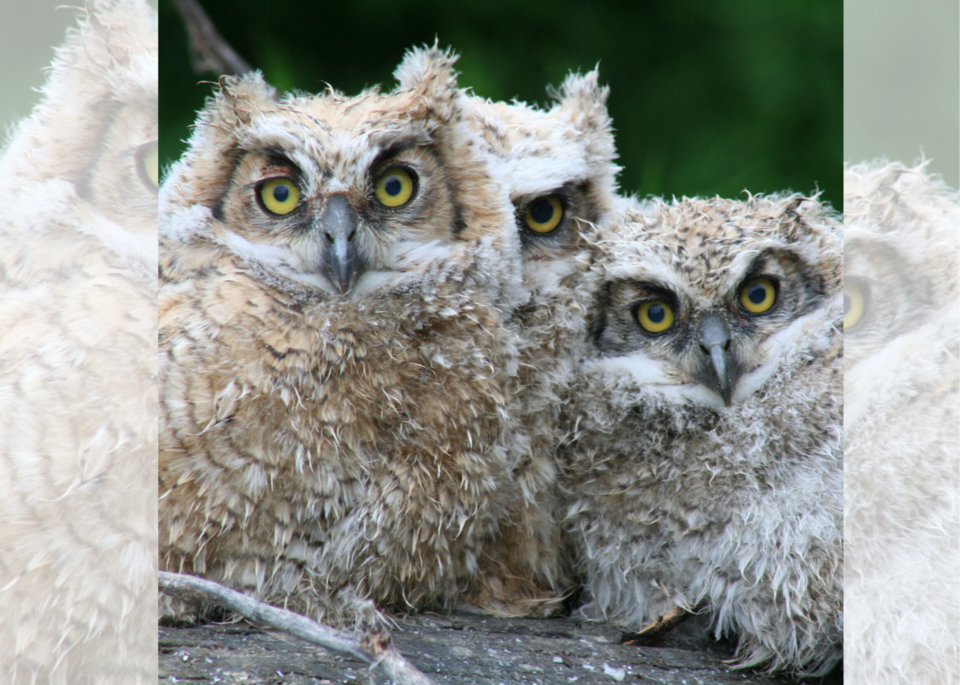REGINA — Saskatchewan residents are 小蓝视频 asked to keep an eye out for great horned owl sightings in the province, to help with a new research project aiming to evaluate how the animals are interacting with humans.
The Royal Saskatchewan Museum is teaming up with the University of Regina to facilitate the research survey, which will rely on data collection from citizen scientists who choose to participate.
The project is encouraging people to report any sightings of great horned owls in the province, to help contribute to information collection.
Dr. Ryan Fisher, RSM curator of vertebrate zoology, said that the research is trying to look at how great-horned owl populations are adapting to human changes to their natural environment, and how it may be influencing their habitat selections and reproductive success.
Great horned owls are the most common species of owls present in Saskatchewan, and Dr. Fisher said populations have been on the rise in recent years due to their adaptability.
“We are interested in how human modifications to the landscape have allowed this bird to be so successful," said Fisher.
The owls typically nest in high ground spaces, like trees, abandoned buildings and other human-made structures, and also rely on elevated perches like power poles and fence posts to hunt from.
"This adaptability is what makes these birds really unique, as this is one of only a handful of species that seem to do well in human-modified areas," said Fisher.
Nesting season for the great horned owl is expected to start in late February or early March, so Fisher said now is a perfect opportunity to ask people to be on the lookout and a key time for data collection.
Fisher also noted that owls are extremely sensitive to disturbances, especially near their chosen nesting zones, and encouraged residents to take care if they do spot a nest to report.
Owl spotters are asked to keep a careful distance from the owl and their nests, to avoid displacing them and potentially leaving young owls vulnerable to predators.
Fisher and the research team are most interested in sightings outside of cities, as well in the southwest portion of the province, in the grassland and aspen parkland zones. The research project will run until 2023.
Owl sightings can be reported to the project using a form created by the U of R, which is available and through the RSM’s .




